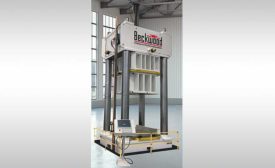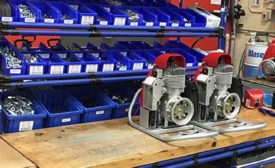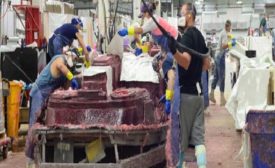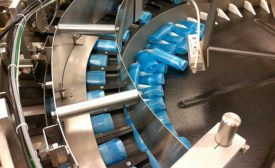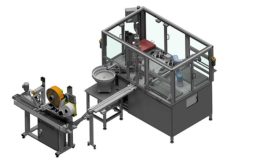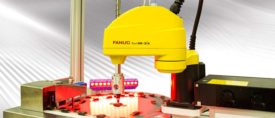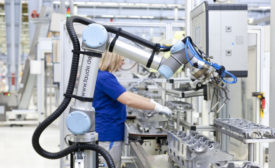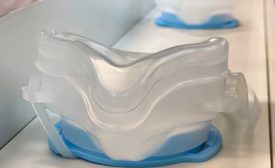Home » factory automation
Articles Tagged with ''factory automation''
Next-Gen SCARAs
Today’s SCARA robots offer speed, precision, ease of use and simple connectivity at an economical price.
April 7, 2021
Never miss the latest news and trends driving the manufacturing industry
Stay in the know on the latest assembly trends.
JOIN TODAY!Copyright ©2024. All Rights Reserved BNP Media.
Design, CMS, Hosting & Web Development :: ePublishing
